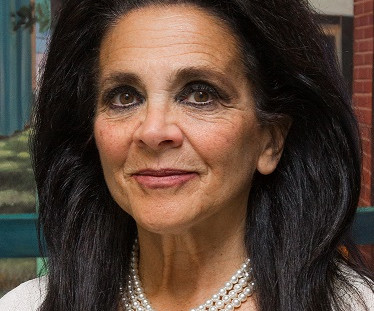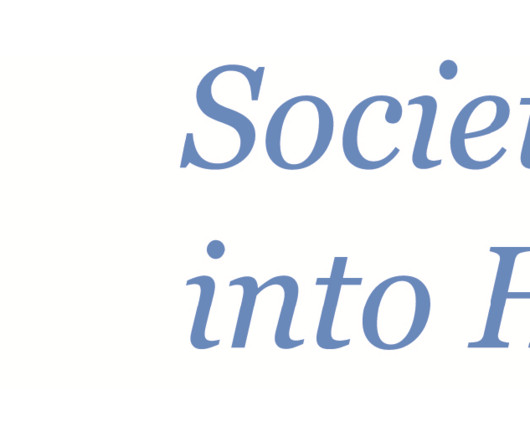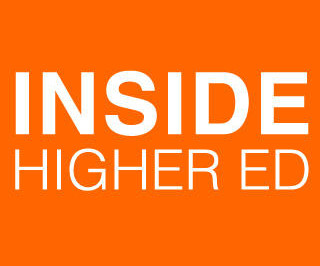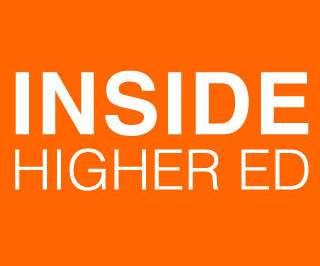The Faculty Resource Network of New York University
Diverse: Issues in Higher Education
JUNE 14, 2023
As a law professor emanating from a primarily liberal arts institution, I deemed it invaluable that the author’s note in my law review articles could state that research was conducted, in part, as an FRN Scholar-in-Residence at NYU, courtesy of the Faculty Resource Network.













Let's personalize your content